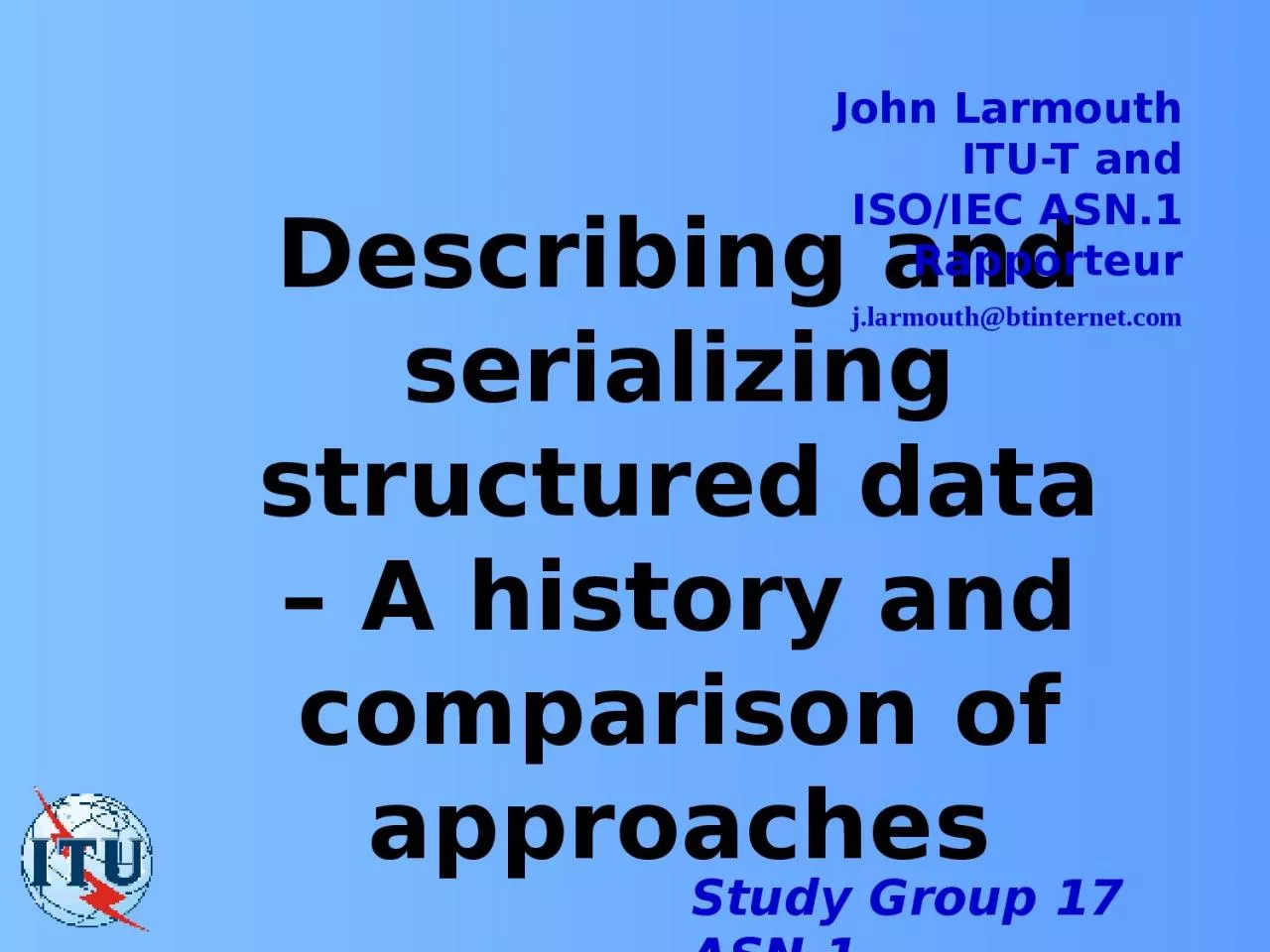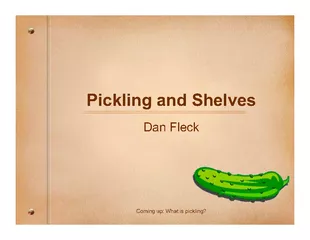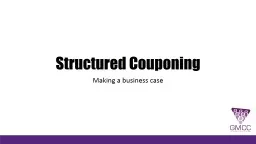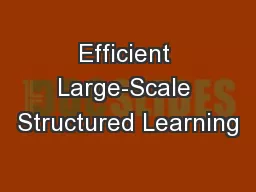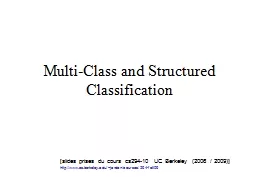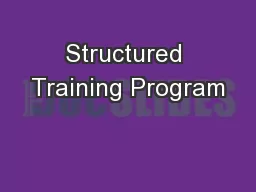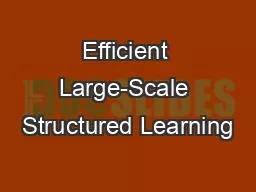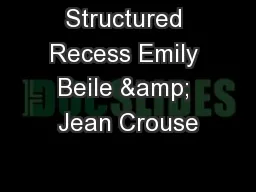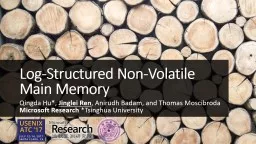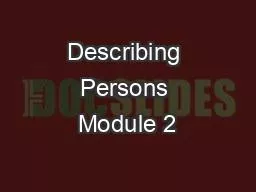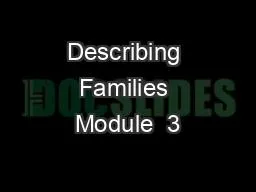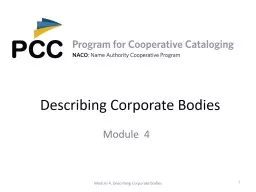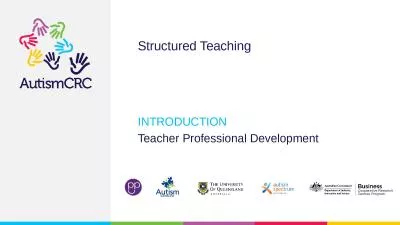PPT-Describing and serializing structured data – A history and comparison of
Author : oryan | Published Date : 2022-06-07
approaches John Larmouth ITUT and ISOIEC ASN1 Rapporteur jlarmouthbtinternetcom Terminology has changed over time Markup languages Abstract Syntax and Concrete Syntax
Presentation Embed Code
Download Presentation
Download Presentation The PPT/PDF document "Describing and serializing structured d..." is the property of its rightful owner. Permission is granted to download and print the materials on this website for personal, non-commercial use only, and to display it on your personal computer provided you do not modify the materials and that you retain all copyright notices contained in the materials. By downloading content from our website, you accept the terms of this agreement.
Describing and serializing structured data – A history and comparison of: Transcript
Download Rules Of Document
"Describing and serializing structured data – A history and comparison of"The content belongs to its owner. You may download and print it for personal use, without modification, and keep all copyright notices. By downloading, you agree to these terms.
Related Documents

